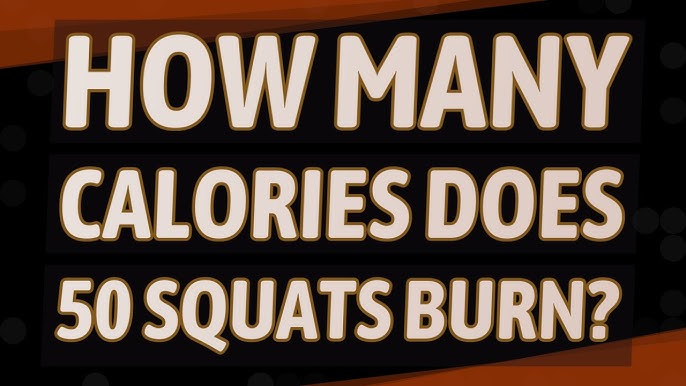
Running is a great exercise option. You'll burn more calories if you do brisk walks or runs. Running isn't the only way you can lose weight. Healthy foods are equally important. It is possible to feel fuller for longer periods of time and still burn more calories by eating healthy foods. These include protein from meat, vegetables, nuts, seeds, and healthy fats, which can come from vegetable oils. These foods will help you feel healthier and more energetic throughout your day.
Running burns more calories that walking
Running burns less calories than walking, but running burns more calories. Running requires more muscle recruitment and faster heartbeat. Running can also increase your body's ability for stress adaptation. This adaptation allows you to continue running at the same intensity for a longer period of time. This allows for faster fat burning. To learn how running can improve your weight loss, try these tips.
Runners tend to have lower body mass indexes than walkers, which means less stress on their joints. You should also start slowly and gradually increase your distance and frequency. Walking is a wonderful way to start exercising if you don't have the strength or endurance. Walking is also a great way to remain active and get exercise. Walking is a great way to lose weight, even if your not a runner.

Losing weight can be achieved by running in the morning at high intensity
For those who are serious about losing weight, running at high intensity in the morning is a must. Running on an empty stomach might help you burn more fat. The body burns fat and carbohydrates faster when you run empty stomach than if you exercise after eating. Get a good breakfast, and keep hydrated throughout your workout.
During an intensive run, your body burns 250 extra calories. But, this doesn't necessarily mean that you should eat less after the calorie-burning run. At least eight hours before bedtime is the best time for you to burn calories. You might find it hard to fall asleep later on that night. You can get the most from your workout if you do it at least 30 minutes before bedtime.
Runs with low intensity
Both high-intensity and low-intensity runs burn calories, but one type burns more fat than the other. High-intensity running burns more calories in shorter periods of time and uses carbohydrates for fuel. It's similar to lighting a match. High-intensity running will burn you more calories in a shorter time, but you'll still burn more calories than you would during a low intensity run.
The RPE scale can be used to gauge the intensity of a run. An intense run should feel like a seven. As long you're comfortable with your pace, low intensity runs can be of any length. You can increase your endurance by doing long, slow runs. Then you can go on to do faster runs. In either case, the goal is to build up your endurance so that you can pick up the pace in the later stages of your run.

Healthy food choices can help you shed weight
It can be overwhelming to include more vegetables into your diet. But, you can actually reduce your calorie intake. Penn State researchers discovered that adding vegetables into mac and cheddar made it taste the same. Additionally, the extra vegetables reduced calories and gave the dish a low-calorie bulk. Snack attacks may be prevented by eating protein-rich foods. And by replacing processed foods with whole foods, you'll improve your overall health.
FAQ
How can busy people lose their weight?
It is best to eat less and exercise more to lose weight.
Overeating will lead to weight gain. Exercise is important to lose weight. These two simple habits can help you start losing weight.
What is the best exercise for weight loss?
There are many factors that impact the amount you exercise to lose weight. Most people require moderate activity at least five days per week.
The American College of Sports Medicine recommends that you do 150 minutes of moderate intensity aerobic activity per week. This should be spread over three days.
If you are trying to lose 10 pounds, 300 minutes of moderate intensity exercise per week is a good goal. This includes activities such as brisk walking, swimming laps, biking, dancing, playing tennis, golfing, hiking, jogging, running, and other similar activities.
You can start out by doing 20 minutes of intense activity three times a week. You could do sprints, lifting weights or jumping rope.
Aerobic exercise is a great way to burn calories and build muscle mass. Muscles burn more calories than fat. So building muscle can help you lose weight faster.
Can I eat fruits when I am intermittently fasting?
Fruits are good for you. They provide vitamins, minerals, fiber, antioxidants, and other nutrients. However, they contain sugar, which can cause blood glucose to rise. This can cause insulin resistance and weight gain. If you're looking to lose weight with an IF diet then you should choose fruits that are low in glycemic.
Statistics
- According to a study sponsored by the American Council on Exercise, a person weighing around 140 pounds (64 kg) would burn 108 calories at a 30-minute beginner's Pilates class or 168 calories at an advanced class of the same duration (26). (healthline.com)
- According to Harvard Health, it's estimated that a 155-pound (70-kg) person burns around 167 calories per 30 minutes of walking at a moderate pace of 4 mph (6.4 km/h) (5). (healthline.com)
- One study in 9 active men found that HIIT burned 25–30% more calories per minute than other types of exercises, including weight training, cycling, and running on a treadmill (18Trusted Source (healthline.com)
- According to Harvard Health, it's estimated that a 155-pound (70-kg) person burns roughly 112 calories per 30 minutes of weight training (5). (healthline.com)
External Links
How To
How to Intermittent Fasting
Intermittent fasting, a type of dieting that allows you to only eat one time per week, generally Monday through Friday. This allows you to reduce your calorie intake and still get adequate nutrition. This helps you lose fat more quickly than if it were your normal meals for the entire week.
The most common form is to limit calories for certain days. This means that you would skip breakfast every morning and then consume whatever food you want during the rest of the day. You could choose to eat three small meals per day rather than two big ones.
You can choose from many different types of intermittent fasting such as alternate day fasting (alternative day fasting), 5/2 fasts (8/4 fasts), 16/8 fasts, and so on. Each form of intermittent fasting comes with its own pros and cons. Because you don't need to make major lifestyle changes, alternate day fasting can be the easiest way to get started. However, for some people it can be difficult to follow a strict diet, so they may prefer to explore other options.
Alternate-day fasting is a good option if you are looking to begin an intermittent fasting program. This will allow you gradually to transition into more extreme fasting habits without changing your lifestyle.